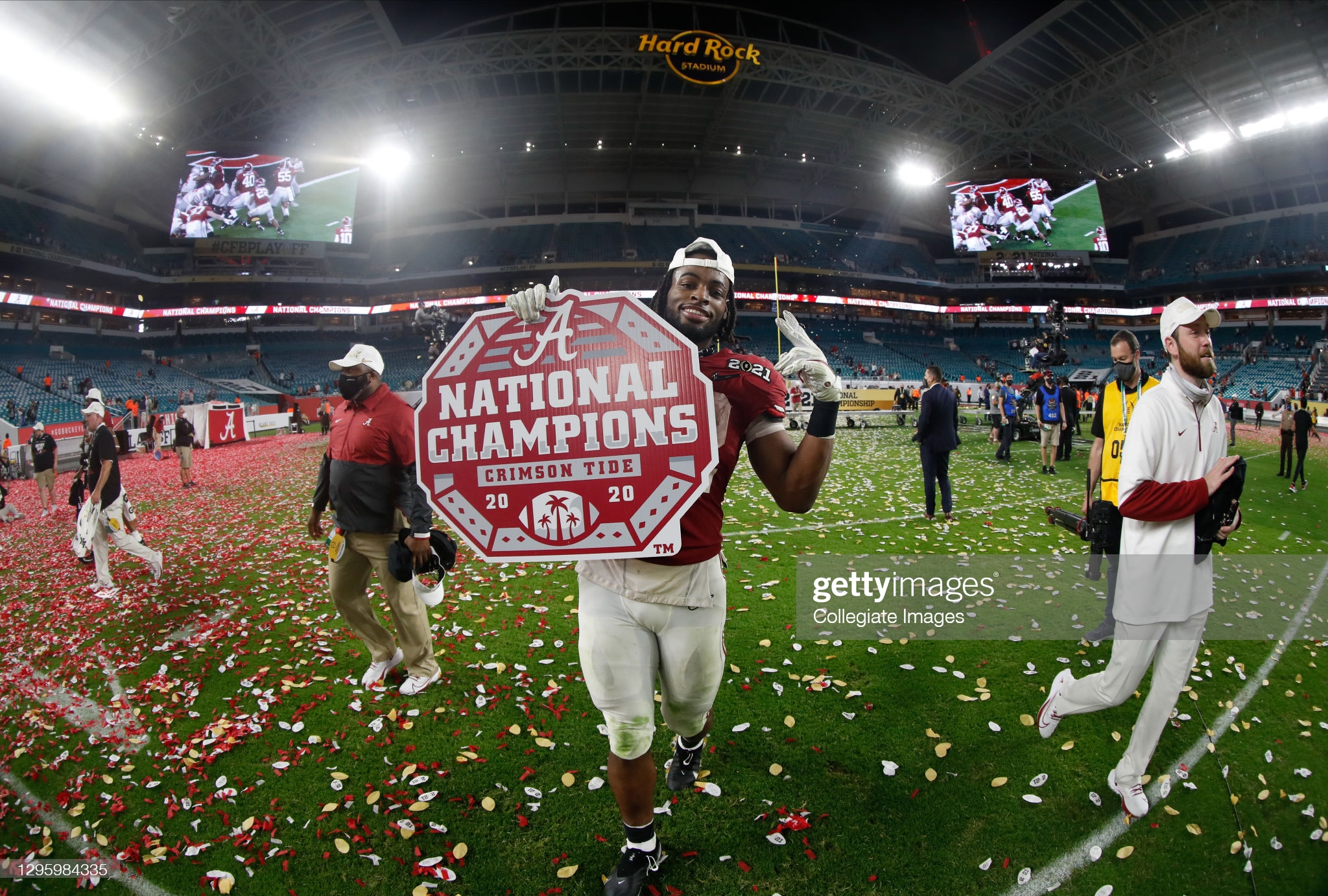The Pittsburgh Steelers’ 2020 season is now in the books, and it ended in spectacular fashion — though the wrong kind of spectacular — in a dismal postseason defeat at the hands of the Cleveland Browns, sending them into an early offseason mode after going 12-4 in the regular season and winning the AFC North for the first time in three years.
After setting a franchise record by opening the year on an 11-game winning streak, they followed that up by losing three games in a row, going 1-4 in the final five games, with only a 17-point comeback staving off a five-game slide. But all the issues they had in the regular season showed up in the postseason that resulted in their early exit.
The only thing facing them now as they head into 2021 is more questions, and right now, they lack answers. What will Ben Roethlisberger do, and what will they do with him? What will the salary cap look like? How many free agents are they going to lose? Who could they possibly afford to retain? Who might they part ways with—not just on the roster, but also on the coaching staff?
These are the sorts of questions among many others that we have been exploring on a daily basis and will continue to do so. Football has become a year-round pastime and there is always a question to be asked, though there is rarely a concrete answer, as I’ve learned in my years of doing this.
Question: If the Steelers were on the clock again at 24 and you were making the decisions, would you still take Najee Harris?
A lot of people wanted the Steelers to draft Alabama running back Najee Harris. Still more, including those who would have preferred another option, expected them to. Well, they say to expect the unexpected. Once again, the Steelers prove the value of expecting the expected as well, because they did exactly what everyone told us what they were going to do.
Welcome to your new home for at least the next five years, Najee, because you’re going to be asked to shoulder quite a load. The Steelers’ chief goal this offseason was to improve the run game. Acquiring the best back available to them, either through the draft or free agency, is certainly one way to go about it.
But there are others, including improving the offensive line. You certainly can’t say that Pittsburgh didn’t have some quality offensive linemen available to them. All of the top centers, for one thing, remained available at the time they selected Harris.
There were also a number of defensive players available who would have made a lot of sense, including at cornerback and on the edge, their two areas with the least amount of depth on that side of the ball. As a player, it’s hard to argue against Harris, but the question remains the relative value of the position.








